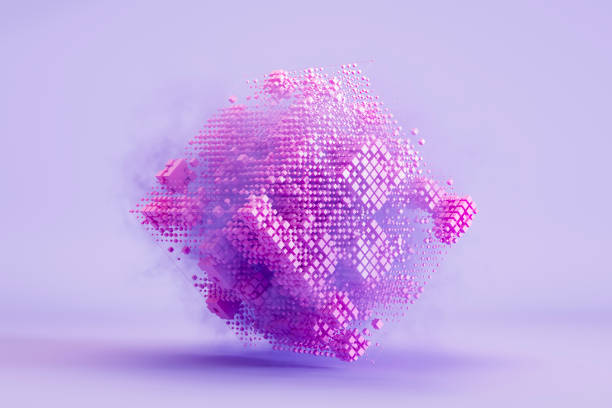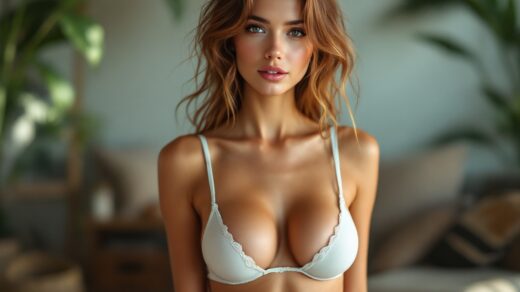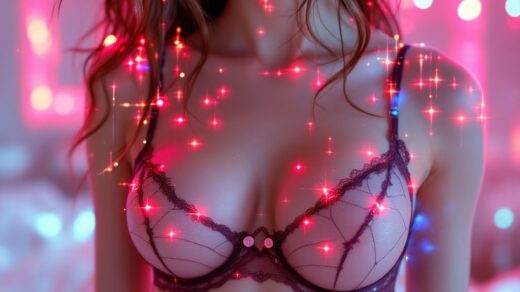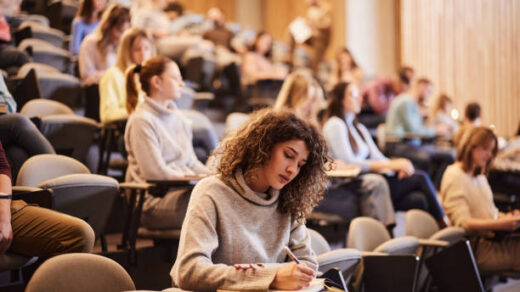AI is not merely a specter trapped within the borders of science fiction anymore. It has already infused itself into our professional capabilities. The last few years’ AI technological advancements focused on digital art and media have set new limits on how an artist can create, interact, or elevate their craft. Any shift this remarkable will surely change people’s views about art. A blend of human intellect with AI is breaking boundaries and stirring new forms of creativity – undress algorithms, for instance, showcase how AI can reinterpret visual elements in unprecedented ways. Artists are now able to produce works once deemed unattainable using algorithmic tools. The impact of such a radical change is something to ponder as we come to terms with AI redefining the parameters of self-expression.
The integration of AI into the daily activities of an artist transforms the work of an artist. The transformation is provided by sophisticated AI systems whose purpose is to take over most of the tedious parts of the work. This allows the artist to spend more time developing concepts and ideas rather than focusing on mind-numbing tasks. Imagine a situation where there is a rough outline and an AI model was tasked to turn that into a detailed picture. One does not need to be very creative to imagine how this saves monumental amounts of time and the possibilities for different types of work are endless. Keeping this in mind, there is a gradual movement from conventional systems and processes towards more contemporary ones and artists are realizing the potential of AI as a partner in their creative work.
Transforming the Creative Process
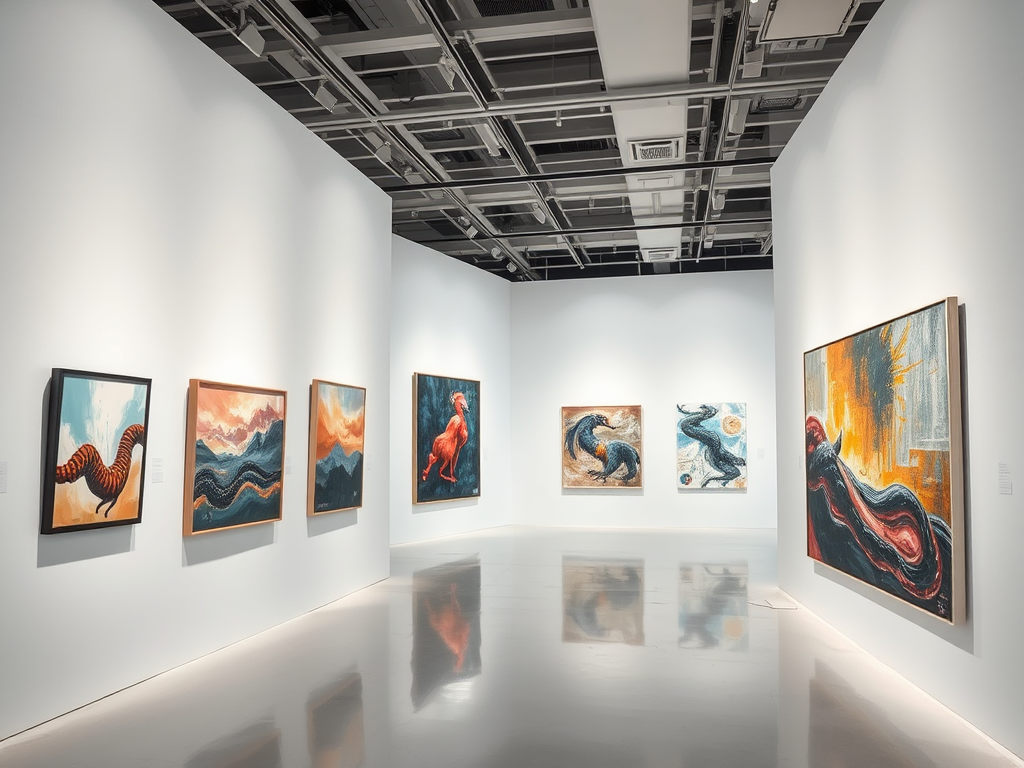
The AI revolution has expanded to the arts, and it is slowly changing how creative industries traditionally function. These tools and instruments more than merely assist in the creation and refinement of the artwork; they invite the awe and motivate the curiosity. For instance, some tools take advantage of machine learning to generate new styles from preexisting artistic masterpieces. This achievement not only broadens the level of aesthetic standards, but enables them to step beyond the boundaries of comfort. Moreover, the chasm separating purpose and the computer’s recommendations grows fainter, bringing with it the novel means of artistic expression through AI.
With the advancement of AI, there is a whole range of able products within software applications accessible for visual creators. These services shift machine learning into the domain of AI creativity. A few of them are:
- DeepArt: It is the all-embracing system based on deep learning that transforms photos into styles of famous actors.
- Daz 3D: This app contains AI modules for automatic 3D art personalization and its online visualization, that is, customization and rendering.
- Runway ML: This service implies applying machine learning for videos, image editions and storytelling.
Instead of being just time-savers, these tools invite artists to experience unparalleled creative freedom.
Redefining the Role of the Artist

The emergence of AI in the art field raises pertinent inquiry with regards the artist’s position in the matter. In this case, creativity becomes unchained because collaboration with machines has provided a new dimension. With the evolution of artistry, the one who ‘makes’ is regarded as a user of technology or better yet a collaborator with the machine. In the end, artificial intelligence tools can be harnessed in ways that allow every artist to intervene and give directions to the tool to ensure that their visions are implemented.
Innovation in Animation and Multimedia
Changes in how stories are constructed in animation and multimedia are being automated with improving Artificial Intelligence. For instance, Motion Capture. With AI, Motion Capture is far more accurate and effective than in the past, and the animation pipeline is far more efficient as well. That is not all, however – AI also helps create the intervening and background segments, which enable complex visual storytelling. This enables artists to gain unprecedented freedom, allowing them to construct previously inconceivable virtual reality experiences.
A few of the most powerful pieces underscore the assistive role of AI within the context of creativity. A few notable projects are summarized in the table below.
| Project | Details | Impact |
|---|---|---|
| Edmond de Belamy | A portrait created with a GAN (Generative Adversarial Network). | Sold for $432,500 at auction, raising questions about authorship. |
| AI Music Composers | AI-generated music albums using deep learning. | Broadening the interpretation of musical creativity. |
| Obvious Art Project | AI-generated art that mimics historical styles. | Stimulated discussions around art valuation and perception. |
Such projects demonstrate how AI can transform creative fields and encourage both artists and audiences.
Ethical Considerations in AI-Generated Art
The rise of Artificial Intelligence in digital creative work poses new ethical concerns for the industry. The issue of copyright is one of them—who has the legal right to AI generated artwork? This prize could go to the AI’s creator, the machine’s operator, or even the machine. Another concern is the potential for AI algorithms to have biased discrimination which could result in work that either misrepresents or omits certain groups. Striking a compromise while creating laws that are equitable to both the creators and the consumers has proven to not be simple.
The Future of AI in Digital Media
The use of AI In collaboration with other forms of technology like digital media has an astounding horizon. It is becoming increasingly obvious that AI will give not only assist augment in creativity but will change the very definition of it. The expectation is that there will be the creation of more advanced systems that foster seamless collaboration between the creator and the computer. Very soon, We will have stories that can tell themselves through the aid of an audience who can control what the outcome will be. Which will enhance their level of participation and further erode the distinction between the audience and the producer.
Conclusion
To summarize, AI has revolutitonized Beholden’s creativity in digital arts. Here, AI acts as both an aid and a revolution at the same time. It reshapes processes like never before while still leaving much to be desired. The collaboration of AI and artists is all the time changing and that alone makes the digest of creativity so inspiring yet so defying.
Frequently Asked Questions
- What advantages does AI offer to digital artists? AI enhances creativity, streamlines workflows, and offers new tools for expression.
- Is AI going to replace human artists? AI is more likely to serve as a tool that complements human creativity rather than replace it.
- What are the main ethical concerns regarding AI in digital art? Key concerns include authorship, copyright issues, and the potential for biased algorithms.
- Are there any notable examples of AI in art? Yes, projects like “Edmond de Belamy” and various AI-generated music albums reflect AI’s growing impact on the art world.
- How can artists start using AI in their work? Artists can explore platforms and software that incorporate AI tools, often accompanied by tutorials and resources for beginners.
